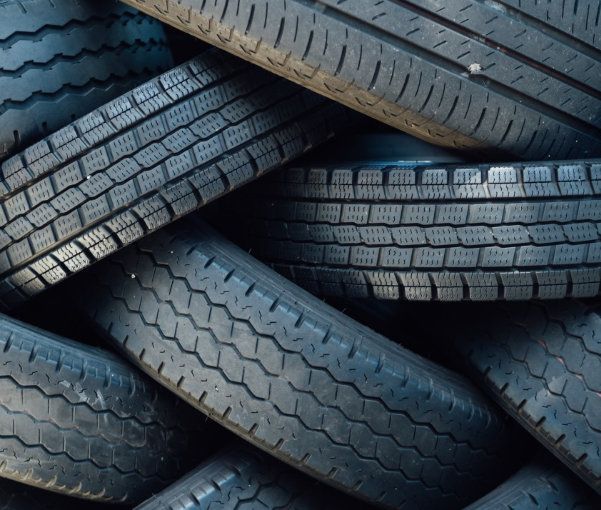Rubber is a very flexible material, not only in terms of its physical properties but also its applications and uses. Let’s take a look at eight of the most common forms of rubber used in UK rubber moulding today:
Butyl (IIR)
Butyl is hard-wearing and impermeable to moisture and gas, and it is an excellent choice for items requiring shock absorption properties. It is often used in sealants, tank liners, and seals in vacuum applications.
Neoprene (CR)
Neoprene was one of the first synthetic rubber products to be made. Resistant to the impact of weathering and petroleum oils, it is often used in air conditioning units and in refrigerators to seal refrigerants.
Nitrile (NBR)
Nitrile is one of the most commonly used elastomers in UK rubber moulding, as it is both economical and resistant to a range of oils, greases and fluids. Its wide range of applications can be explored further by contacting a company that specialises in UK rubber moulding, such as https://www.meadex.co.uk/rubber-moulding.
Polyurethane (AU)
Polyurethane is known in UK rubber moulding for its durability and resistance to extrusion and abrasion. It is often used to form O-rings in pneumatic tools and hydraulic fittings.
Silicone (Q)
Silicone is well-known for its widespread usage in the catering and medical industries. This is due to its chemical stability and its ability to withstand exposure to water and steam.
Viton (FKM)
Viton is well regarded for its outstanding temperature stability, which can be as high as 205°C or as low as -20°C. On the downside, it can be expensive and ensuring the right grade is used is essential to ensure it doesn’t fail.
Ethylene propylene diene monomer (EPDM)
Ethylene propylene diene monomer (EPDM) is an all-around performer that offers a cost-effective alternative to silicone. Its applications include automotive parts, items requiring electrical insulation, and O-rings.
Styrene-butadiene rubber (SBR)
Styrene-butadiene rubber is most commonly used in tyres and other automotive parts. It is low in cost and offers a general level of strength and resilience; however, is impacted by oils, steam and weathering, particularly sunlight.


